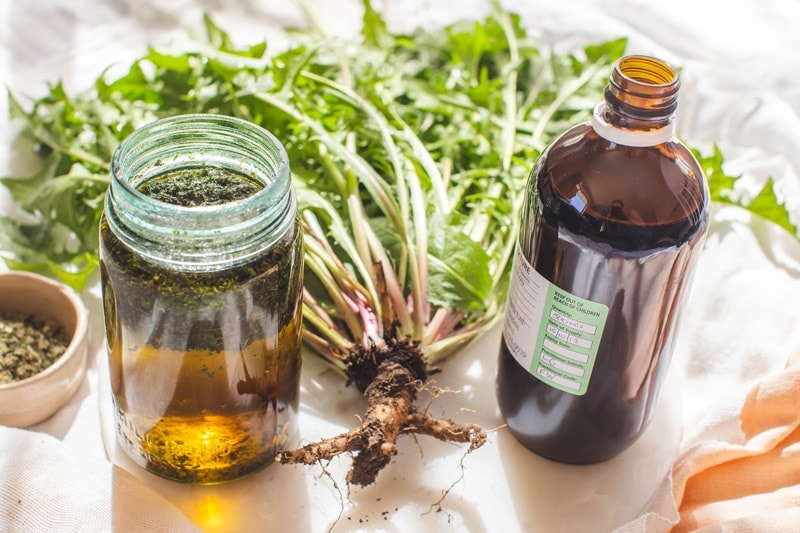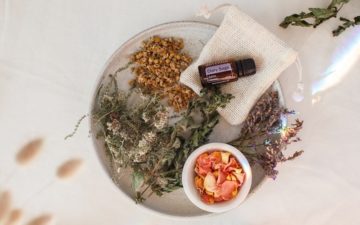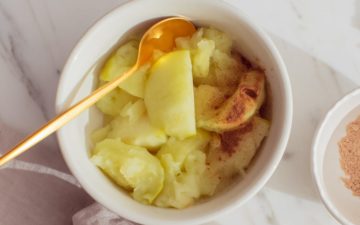Last week we looked at some great plant-based sources of iron, so today I am sharing three of my favourite herbs. Then, later in the week, I will also share a simple, home made iron syrup, using the following herbs.
You will be happy to know that all of these are highly common – although I have to tell you, they are all weeds. Yes, weeds! Weeds are some of the most nutritious and nutrient dense botanicals were can get access to. Consider this, they will grow in the most desolate of waste lands, in places where there really isn’t much on offer. Yet still they thrive. Weeds are actually quite highly evolved, and send their taproots deep into the earth in order to access her minerals.
With this in mind, you can understand how underrated they actually are! Meet three of my favourites…
Yellow Dock, Rumex crispus
Part used: root
Also known as: Curly Dock
Lovely Yellow Dock is considered a weed in most countries, growing wildly along roadsides, forest edges, railway beds and car parks. If only people knew the value hidden in her leaves. The leaves are edible and can be used in soups or lightly steamed and have a slightly lemony taste. They can also be eaten raw in salads or in a green smoothie, although they have quite a high oxalic acid content, which binds with calcium in the body, inhibiting absorption. The simple way around this is to simply have a balanced diet. By rotating your greens (weeds, herbs and other foods rich in oxalic acid), oxalates will have a negligible effect on your overall health and wellbeing.
Traditionally used to cleanse the liver and the bowel. It has a gentle laxative effect, which makes it effective for treatment of constipation. It also stimulates the production of bile, which is released by the liver and stored in the gallbladder, and assists in the break down of fats into smaller, digestible pieces. For this reason it is often used in bitters formulas to stimulate digestion. Additionally, its effect on the liver can assist with jaundice.
Yellow Dock is also often used in clearing skin eruptions and psoriasis. Crushed and applied topically it can soothe itchy skin.
But best of all, Yellow Dock has a rich iron content, so is particularly useful for treating anaemia. It combines well with Dandelion and Nettle, which are also fabulous sources of iron. Yellow Dock is also rich in phosphorus, calcium, and vitamins A and C.
Watch outs – it may cause dermatitis and in excess produces nausea.

Dandelion, Taraxacum officinale
Part used: root, leaf
Also known as: Lion’s teeth, Fairy clock, Priest’s crown, Swine’s snout
Dandelion is also a very common weed, found in meadows, lawns, and roadside, but is one of the Herbalist’s most treasured herbs. Another edible weed, you can have the leaves fresh in a salad. They have a slightly bitter and tangy taste. They can also be lightly steamed and served simply with a little sea salt, freshly ground pepper and olive oil. The root is roasted and ground and sold as a coffee alternative. The flowers can be used to make Dandelion wine.
As with Yellow Dock, Dandelion is a bitter herb so is used as a tonic for the liver and digestive system. In fact, it is considered one of the premiere herbs for the liver, gently clearing it of toxins. It too has a gentle laxative effect.
Dandelion is also traditionally used for skin conditions, as it cleanses the blood and tissues.
Dandelion is also a natural diuretic, which is useful for clearing the body of excess fluid. Because it has a rich potassium content, it is a balanced diuretic, replacing what the body loses.
Dandelion is an extremely nutrient dense herb. It is rich in vitamins and minerals. It contains vitamins B, C, D, and even more vitamin A than carrots.
It is also high in protein and choline – an essential nutrient that helps keep your cell membranes in tip top shape. It is a great source of inulin, a natural soluble dietary fibre, which promotes growth of good bacteria in the colon.
Lastly, it is indeed a wonderful source of iron.

Nettle, Urtica doica
Part used: ariel parts
Also known as: Stinging nettle
Once again, nettle is a common weed that loves to grow in waste land and along roadsides. One of my favourite herbs, nettle is incredibly tasty. You have to be careful when you pick it because it will sting you. But these stings are easily neutralised when you either blanch in hot water or blend. I love to add nettle to my smoothies. Another favourite way is to steam them well. They have a mild, creamy, nutty flavour. They make an absolutely divine tea. You may be able to find fresh nettle and other edible weeds at your local Farmer’s market.
Nettles are a tonic for the whole body, especially the blood, making them a girl’s best friend when in need of some PMS relief, and are also a great tonic for the genitourinary system.
Because nettles are cleansing for the blood, they are also fantastic for skin conditions, as the blood feeds the skin. Often used to clear eczema, and even in hair and scalp potions.
Nettles also have an astringent property. Astringent simply means ‘drawing together’ or ‘tightening’, so here we find use for them in nose bleeds.
Nettles are iron rich, but also have a high vitamin C content. The vitamin C aids in the absorption of the iron. Double win! They are also incredibly nutrient dense, and contain a wide array of vitamins and minerals.






Mr2Goodie
Sarsapirilla has the highest iron in all roots.
Morgan Kanae
And lovely Garlic!
Ascension Kitchen
I would say you'd find fresh ginger at the markets too 🙂
Glorious Hope Mbc Elizabeth
This really is some good information! I'm going to check these weeds out. Any idea where's a good place to purchase the fresh ginger? I will be going to local farmers markets for weeds.